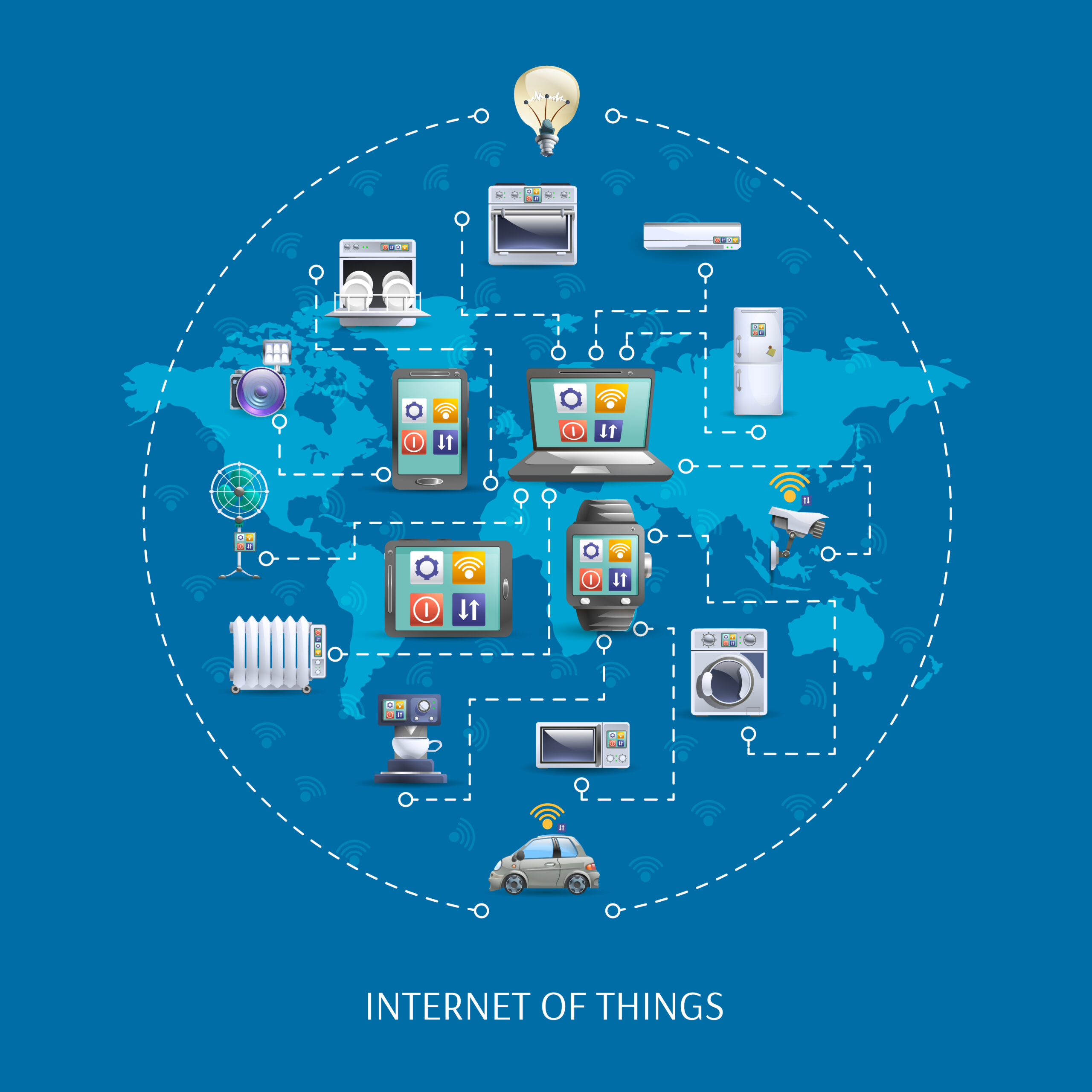The Internet of Things (IoT) has revolutionized how we live, work, and interact with our environment. From smart homes and wearable fitness trackers to connected vehicles and industrial automation systems, IoT devices have become integral to modern life. They enhance convenience, optimize efficiency, and drive innovation across virtually every sector. However, this unprecedented connectivity also introduces new layers of risk. Each connected device can become an entry point for cybercriminals, expanding the global attack surface and raising concerns about privacy, safety, and even national security. As IoT adoption accelerates, securing these devices has become a mission-critical priority not just for organizations, but for society at large.
The Expanding IoT Ecosystem
The IoT ecosystem continues to grow at an exponential rate. Analysts project that by the end of 2025, there will be more than 30 billion connected devices operating worldwide. These devices span a wide range of industries, including healthcare, manufacturing, agriculture, energy, and transportation. Yet, despite their importance, many IoT devices are designed and deployed with minimal security measures. Manufacturers often focus on performance, cost, and speed to market rather than incorporating robust security mechanisms. This lack of foresight has resulted in devices with weak passwords, insecure firmware, and poor encryption—conditions that make them easy targets for exploitation. The larger and more interconnected this ecosystem becomes, the harder it is to manage its security risks effectively.
Common Vulnerabilities in IoT Devices
IoT vulnerabilities are both diverse and persistent. Many devices ship with default or hardcoded passwords that users never change, leaving them open to brute-force attacks. Others lack the ability to receive firmware updates, meaning discovered vulnerabilities remain unpatched indefinitely. Communication between devices is often transmitted over unsecured channels, exposing sensitive data to interception. High-profile incidents such as the Mirai botnet attack of 2016, which hijacked thousands of IoT devices to take down major websites, demonstrate how quickly these weaknesses can escalate into global disruptions. Even today, smart home systems, security cameras, and industrial sensors are being exploited to conduct surveillance or launch ransomware attacks, underscoring the fragility of poorly secured IoT ecosystems.
Real-World Incidents Highlighting IoT Risks
The real-world consequences of insecure IoT systems are becoming more visible. In 2024, cybersecurity researchers uncovered vulnerabilities in hospital infusion pumps that could have allowed attackers to manipulate medication dosages remotely, posing a direct threat to patient safety. In another alarming case, a global car manufacturer was forced to recall thousands of vehicles after hackers demonstrated that they could remotely control steering and braking systems through a compromised infotainment network. Industrial control systems have also been targeted by ransomware groups seeking to disrupt production and demand payment. These examples illustrate that IoT vulnerabilities are not just technical concerns—they can translate into economic loss, reputational damage, and real-world harm.
Regulatory Efforts and Security Standards
Recognizing the growing risk, governments and international organizations have begun implementing policies and frameworks to regulate IoT security. The European Union’s Cyber Resilience Act and the U.S. IoT Cybersecurity Improvement Act are key legislative efforts that establish baseline security requirements for connected devices. These include secure update mechanisms, mandatory vulnerability disclosures, and protections for personal data. Additionally, standards organizations like ISO, ETSI, and NIST are developing best-practice frameworks that encourage secure-by-design development principles. However, challenges persist, particularly regarding enforcement and uniform compliance across global markets. Smaller manufacturers, in particular, often struggle to meet these evolving requirements due to cost and technical limitations.
Building a Secure IoT Future
Securing the future of IoT requires collective responsibility among stakeholders—manufacturers, governments, businesses, and consumers. Manufacturers must embed security features during the design and development stages, rather than as an afterthought. Encryption, strong authentication, and automatic update mechanisms should be standard features in all connected devices. Users also play a critical role by updating firmware, changing default passwords, and segmenting IoT devices from critical networks. Governments and researchers must continue to promote frameworks that are adaptive and inclusive, ensuring even low-cost consumer devices meet essential security thresholds. Collaboration between regulators and private industry will be vital in keeping pace with evolving threats.
The Role of Artificial Intelligence in IoT Security
Artificial intelligence is emerging as a crucial ally in the fight to secure IoT systems. AI-powered analytics can detect abnormal device behavior, identify potential intrusions, and respond to attacks in real time. For instance, machine learning models can learn the normal operation patterns of connected devices and flag deviations that indicate compromise. This proactive approach enables faster incident response and minimizes downtime. However, as defenders use AI for protection, attackers are also leveraging it to automate reconnaissance and exploit discovery. Balancing AI’s defensive and offensive potential will be key to maintaining resilience in an increasingly intelligent IoT landscape.
User Awareness and the Human Factor
Technology alone cannot safeguard IoT environments—human behavior remains a critical factor. Many breaches occur because users fail to follow basic security hygiene, such as updating devices or disabling unnecessary remote access features. Raising awareness about IoT risks and promoting responsible usage is essential. Organizations should implement regular training programs and awareness campaigns to educate users about the importance of securing their connected devices. In households and workplaces alike, users must understand that convenience should never come at the expense of security. Empowered users form the first line of defense in building a safer, more resilient IoT ecosystem.

